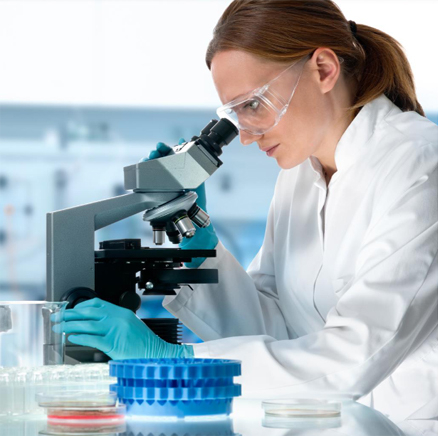Umbilical Cord -Placenta unit stem cells in antiaging
Cord Blood and Anti-Aging October 2023
Does young blood hold the fountain of youth? Can transfusions of blood from younger donors reverse or slow down the aging process in an older recipient?
In experiments with mice, the answer is YES, although it is still unclear how it works, and the effect is not permanent. In 1864, the field of “Parabiosis” was invented when the physiologist Paul Bert connected two living mice so that they shared the same circulatory system. Experiments found that when a young mouse was connected to an old mouse, the old mouse was revitalized. However, mice that were connected in parabiosis typically only survived two weeks, probably due to the development of immunological rejections in each mouse against the foreign blood of the other mouse. Within the past 20 years, researchers have been revisiting the idea of parabiosis, but now using blood transfusions between mice without surgically connecting them. In 2014, researchers at Stanford University School of Medicine found that infusions of young blood restores mental capabilities in old mice. Since then, it has become well established that giving blood from a young mouse to old mice reverses multiple symptoms of aging in their muscles and in the mouse brain. The opposite is also true, that giving blood from an old mouse to young mice triggers aging in multiple organs. But researchers do not believe that infusions of whole blood are needed to achieve this revitalization. They believe there are specific proteins or signaling factors in young blood which have this effect. For example, research groups have debated the importance and role of a protein called growth differentiation factor 11 (GDF11). The goal of the ongoing studies is to identify the specific components of young blood that can be purified as an elixir of youth. The results from parabiosis studies in mice have inspired a series of clinical trials in humans where blood plasma from young donors is given to patients with Alzheimer’s dementia. The first publication from those trials in 2018 demonstrated that the procedure is safe. Of course, the youngest source of human blood is umbilical cord blood. The first study to give plasma from umbilical cord blood to elderly patients was published in Sept. 2022 and found that 20 biomarkers displayed beneficial changes which were statistically significant. Another study published in 2023 found that the reverse is also true, that inside the bodies of middle aged patients who received a cord blood transplant a few years ago, the blood cells from the cord blood donors aged more more than twice as quickly as the elapsed time. To learn more about cord blood banking, visit Parent's Guide to Cord Blood Foundation at https://parentsguidecordblood.org/en/news/cord-blood-and-anti-aging
Aging is a systemic disease, which affects all cells and the composition of body fluids.The above scientific findings were then widely applied and used as a means of antiaging and increasing life expectancy. In addition to plasma and all types of stem cells contained in the umbilical cord blood and in the tissue of the placenta and umbilical cord slow down aging. Beyond the aesthetic restoration of scars, or maintaining youthful skin, renewing the aging immune system by administering young immune cells contained in the umbilical cord blood, is perhaps today the greatest gain for those who have saved their stem cells during childbirth. The belief that stem cells are only used for malignant and very serious conditions is slowly disappearing, as the newest findings show that those who have saved their stem cells during childbirth will use them at some stage in their lives not necessarily to treat serious disease, but to improve their quality of life.
